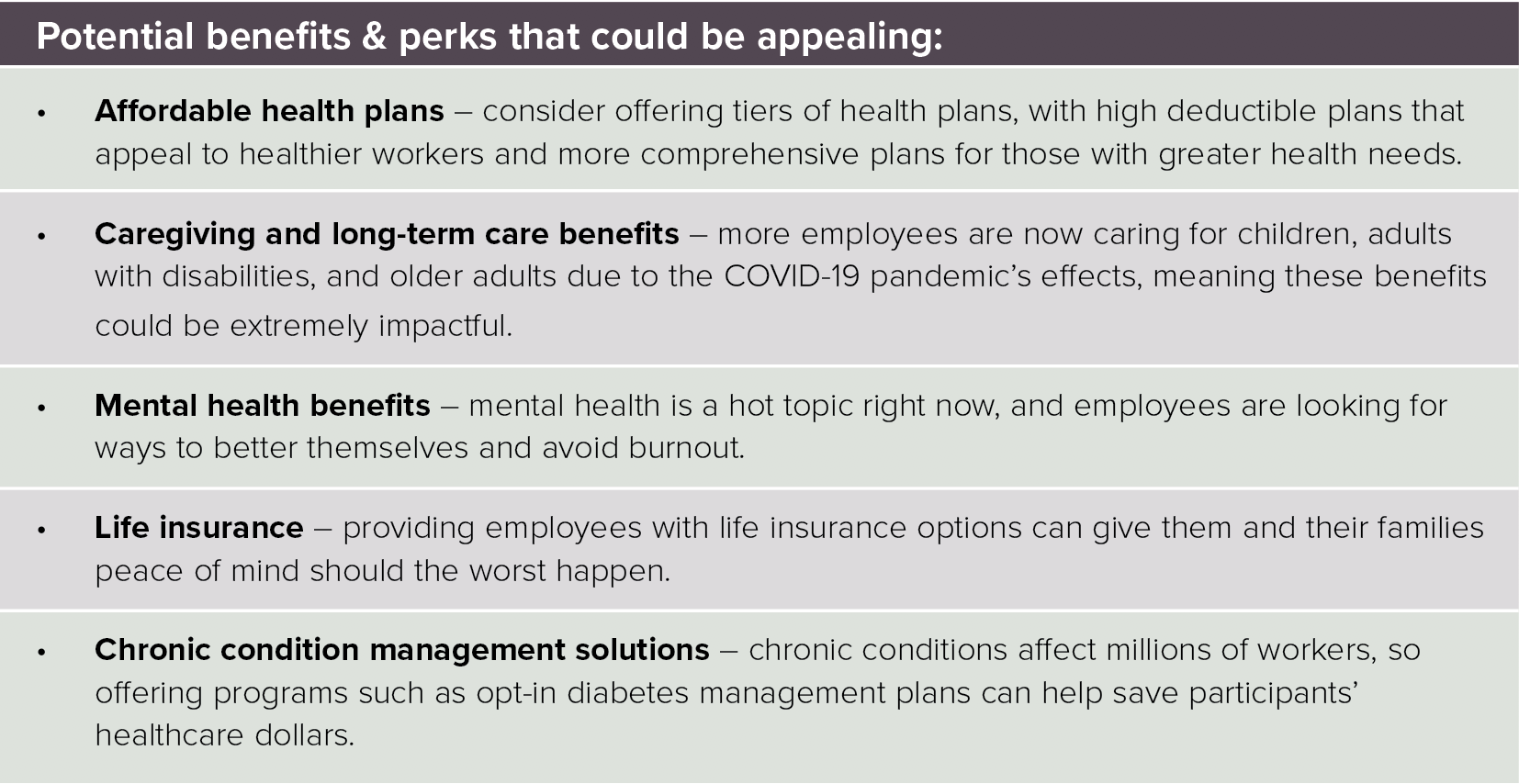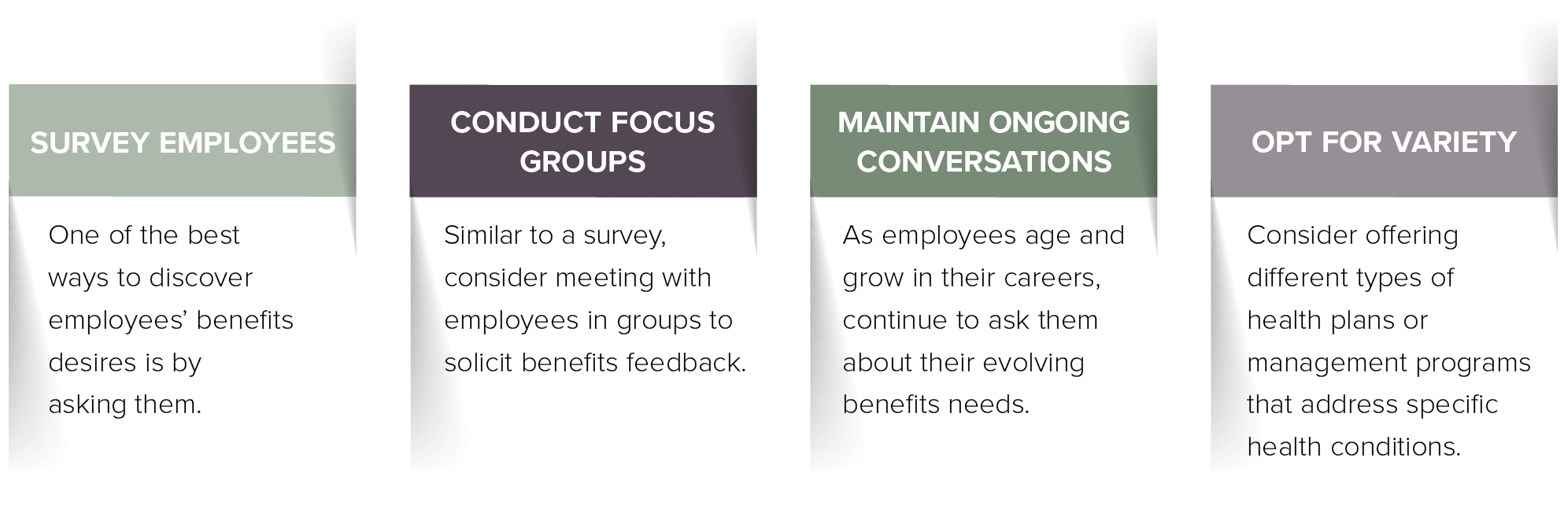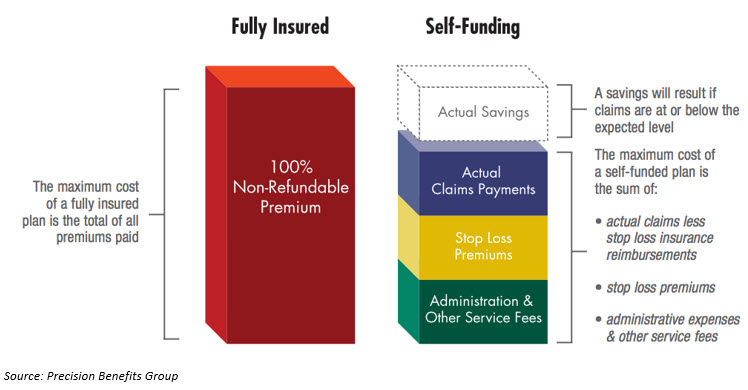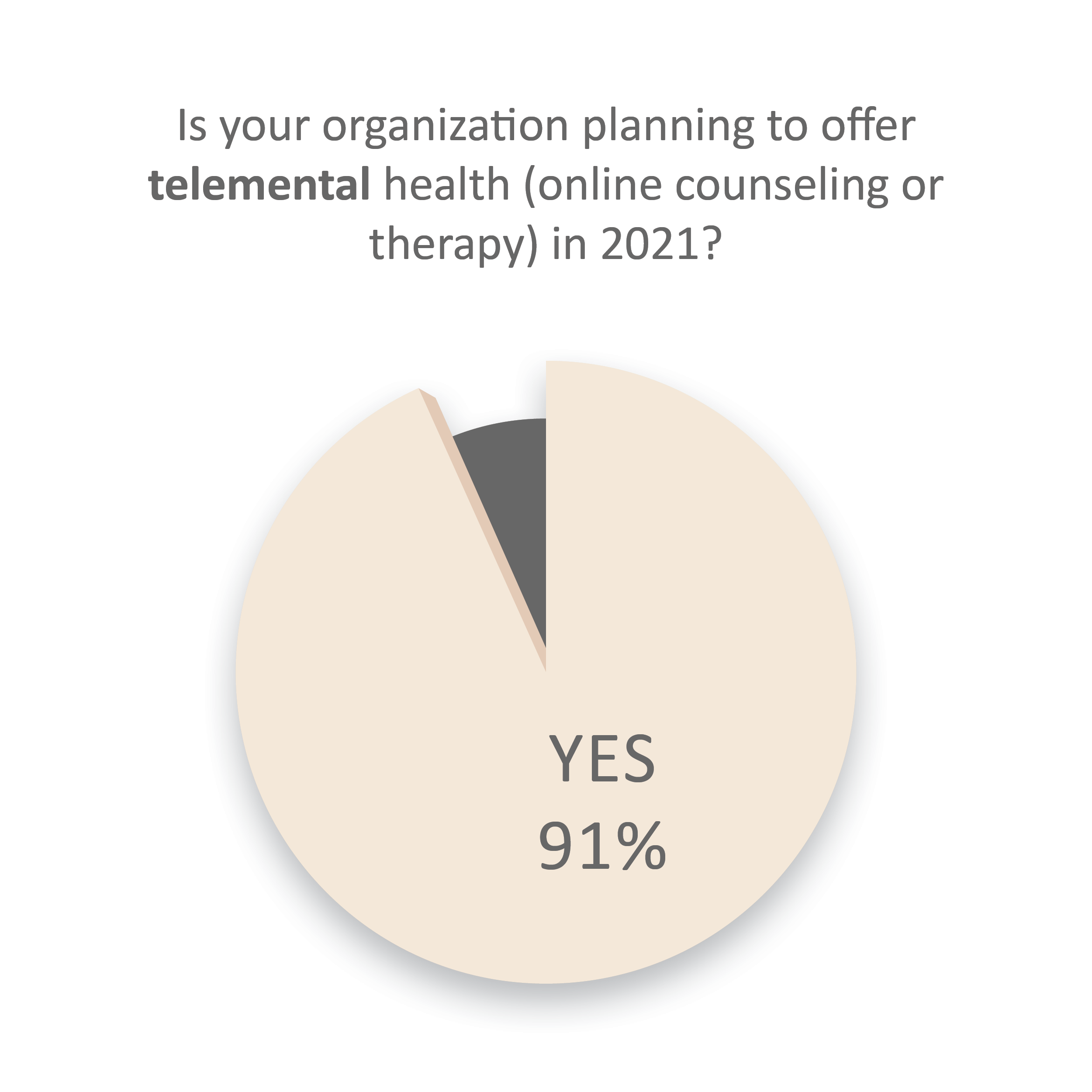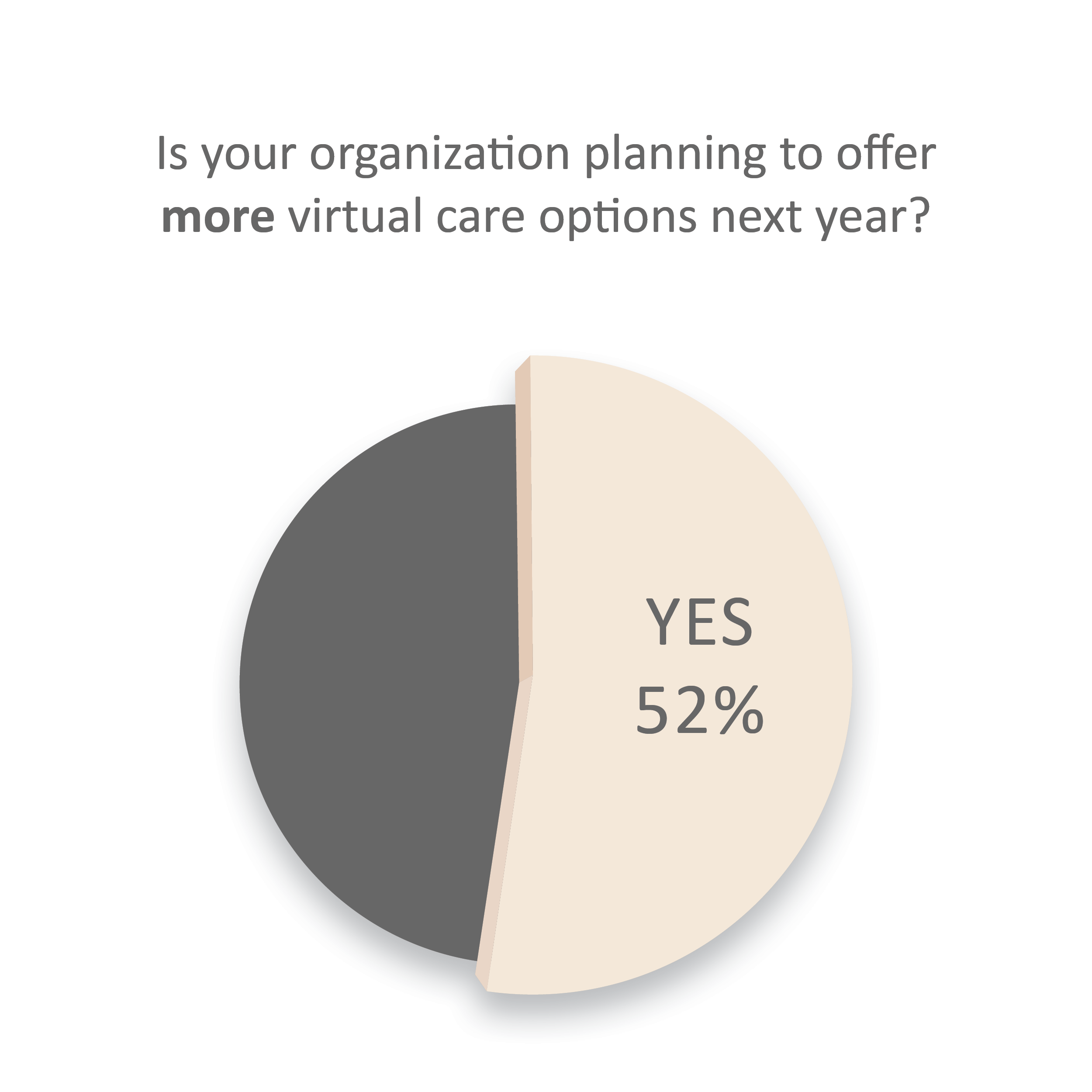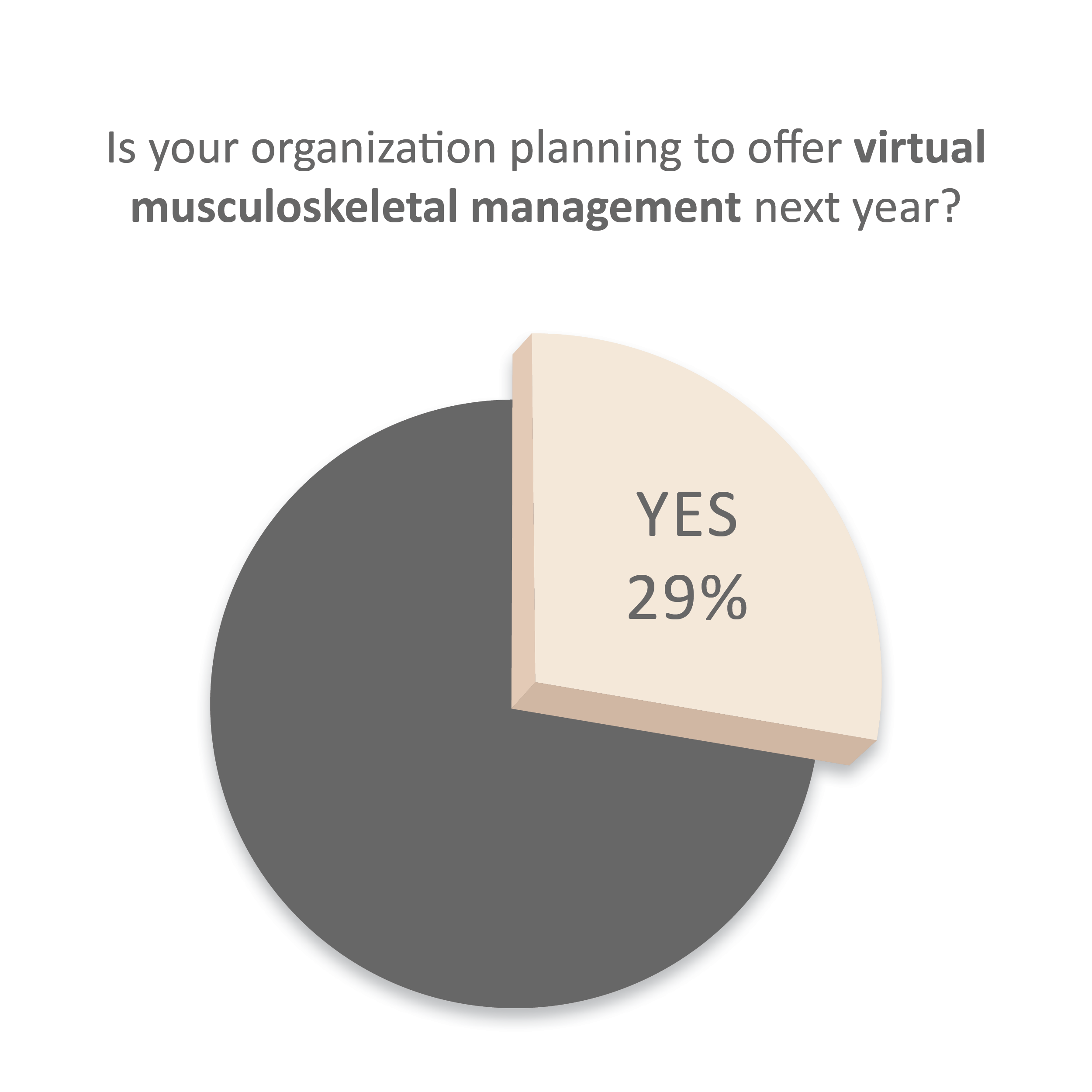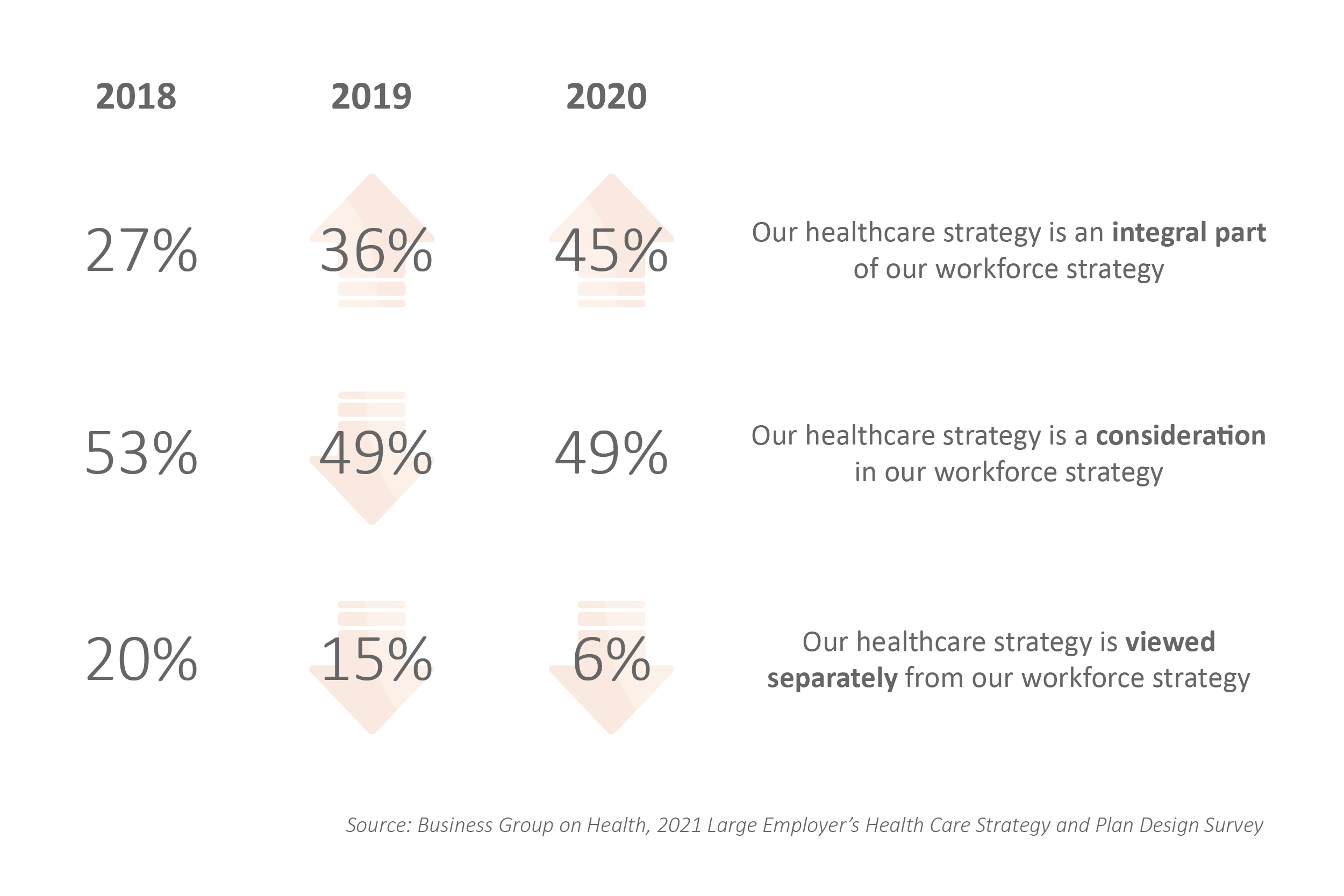Q: Why SET SEG?
A: We’re NOT Your Typical Insurance Company
We are a risk management partner comprised of public schools—not a for-profit corporation.
Our members are part of a Property/Casualty Pool and a Workers’ Compensation Fund, meaning member districts are our shareholders. This also means the premium we collect belongs to our members, so when a surplus exists, those funds are given back in the form of net asset returns and premium reductions. Additionally, we provide Employee Benefit services to help our member districts take control of their healthcare costs and identify creative solutions to provide employees with high-quality benefits options.
Protecting public schools is a risky endeavor, and in Michigan, where the summers are short and the winters are freezing, providing affordable and quality coverage can be a challenge.
As our schools face these challenges, we like to remind them one thing: they’re not alone.
From our corporate programs and workplace culture to our philanthropic efforts through the Foundation, SET SEG sets itself apart in the insurance industry by putting schools first and employing talent with that same mindset.
5 Reasons to Work With SET SEG
1. We Encourage Professional Growth
Career growth is a journey, and whether that looks like a lateral move, a promotion, or even completely shifting departments, SET SEG works to foster an environment that allows employees to learn and grow as their career vision evolves.
By providing exposure to all facets of the insurance industry across the organization and relying strongly on collaboration, our team is offered opportunities to venture beyond their initial job description, whether that be through professional development, establishing new networking connections, or gaining experience in a different facet of the industry.
“In my experience at SET SEG, the organization truly invests in the person and not just the job that person is filling,” said Emorie Bond, former intern and now SET SEG Marketing Coordinator. “If you show interest and aptitude in other areas of the business, there are opportunities to explore options beyond your current position.”
2. We Are A Team
At SET SEG, everyone is working toward the same goal – to put Michigan’s public schools first. With less than 100 employees serving schools throughout the state, our close-knit staff have become a part of the education communities in which they work. Many of them were even former employees of the school districts they work with now.
“When I was a superintendent, I wish I had known just how much support and expertise SET SEG has and how well protected our school district was because we were a member of their programs,” said Greg Gray, Employee Benefits Sales Manager. “This organization is different because schools are all we do. From its creation more than 50 years ago to now, the people at SET SEG have committed their time, expertise, and resources into helping schools succeed.”
3. We Reinvest in Michigan Communities
In almost every aspect of our organization, we give back monetarily to our member school districts, and not just in our work collectively. Each department gets to see firsthand how Michigan’s public schools benefit from what we do every day, offering our employees a level of fulfillment not always prevalent in the insurance industry.
“I love that the work I do helps to affordably protect public schools from the risks they are facing on a daily basis, in turn allowing them to focus more on what matters most – educating the students of Michigan,” said Stephanie Anderson, SET SEG Underwriting and Loss Control Manager.
Click here to view 12 ways we give back and how this philosophy fits into our core values as a company.
4. We Prioritize Relationships Over Revenue
For SET SEG, building trust and lasting relationships with school administrators comes first over making the sale. In fact, it’s so ingrained in our workplace culture, we often employ former school district employees to ensure we continue to deliver the resources and guidance our members are looking for.
“For those of us in sales at SET SEG, we aren’t working for a commission,” said Paul Grienke, Insurance Education Specialist. “For us, it’s about putting the time into learning what a school district’s unique needs are and establishing that relationship with the administrators, so we have their trust in delivering the services and resources they need when they need them.”
5. We Offer Opportunity
SET SEG nurtures a culture of engagement. Employees’ voices are heard, and work exists on a collaborative plain. If you’re interested in joining the team in supporting Michigan’s public schools, click to view job opportunities available now!









